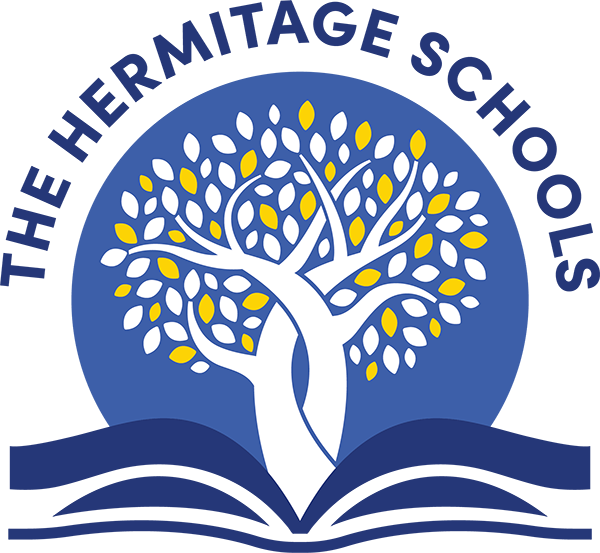Physical Education
Our school believes that physical education, experienced in a safe and supportive environment, is a vital contributor to a pupil’s physical development and well-being. A broad and balanced physical education curriculum is intended to provide for pupils’ increasing self-confidence in their ability to manage themselves. Progressive learning objectives, combined with varied teaching approaches, provide stimulating, enjoyable, satisfying and appropriately challenging learning experiences for all pupils. The selection of suitably differentiated and logically developed tasks will help pupils to enjoy success and be motivated to further develop their individual potential and take part in lifelong physical activity.
A balance of individual, paired and group activities; in co-operative, collaborative and competitive situations, aims to cater for the strengths and needs of every pupil. These activities, experienced within a broad physical education curriculum, aim to promote a broad base of movement knowledge, skills and understanding. They are also intended to develop the pupil’s ability to work independently and to respond appropriately and sympathetically to others.
The activities offered and the teaching approaches adopted seek to provide pupils with opportunities to develop their creative and expressive abilities, through improvisation and problem-solving. Pupils are encouraged to appreciate the importance of a healthy and fit body, and to begin to understand those factors that affect health and fitness.
Whilst retaining its unique contribution to a pupil’s movement education, physical education also has considerable potential to contribute to much wider areas of learning. It is considered important that physical education is integrated into the whole school’s planning for the development of pupils’ communication, numeracy, PSHE and ICT skills.
Aims:
- To develop skilful use of the body, the ability to remember, repeat and refine actions and to perform them with increasing control, co-ordination and fluency (acquiring and developing).
- To develop an increasing ability to select, link and apply skills, tactics and compositional ideas (selecting and applying).
- To improve observation skills and the ability to describe and make simple judgements on their own and others work, and to use their observations and judgements to improve performance (improving and evaluating).
- To develop an understanding of the effects of exercise on the body, and an appreciation of the value of safe exercising (knowledge and understanding of fitness and health).
- To develop the ability to work independently, and communicate with and respond positively towards others (working alone and with others).
- To promote an understanding of safe practice, and develop a sense of responsibility towards their own and others’ safety and well-being (applying safety principles).

